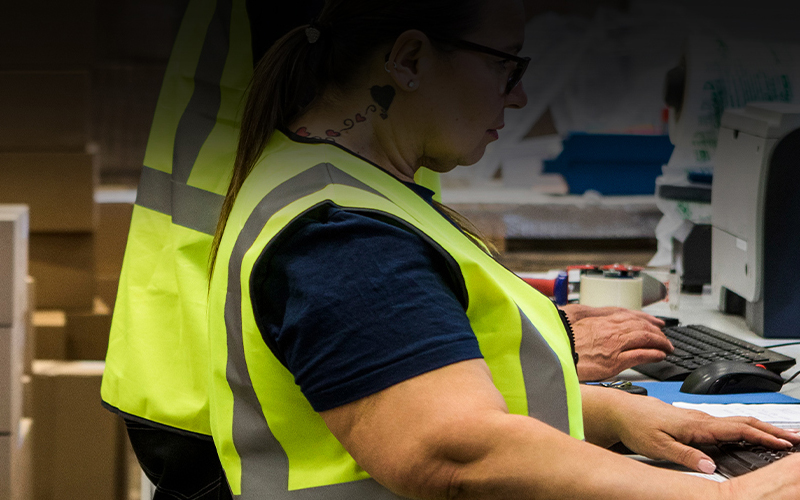Enabling cash flow for businesses amid the Coronavirus shockwave
The supply crunch in the wake of COVID-19 pandemic has wreaked havoc across most industries. A number of organisations, especially in retail, such as supermarkets, pharmacies, and gun stores (In the USA) are struggling to keep up with the unforeseen demand as panic-buying sets in.
While demand for essential goods is on the rise given the lockdown situation, some sectors, are seeing a rapid fall in demand. No doubt, the affected companies are taking immediate steps to safeguard against the impending period of uncertainty. Australia’s Qantas Airways asked two-thirds of its workforce to stand down on March 19, 2020. Other companies are also expected to cancel orders on their suppliers to reduce costs, if projects are postponed indefinitely. As cash dries up, the stress on the supply base will deepen further.
Forward-thinking enterprises, on the other hand, are looking beyond the pandemic to understand what they can learn from the experience, and how they can tweak their supply chains to enable continued growth and profitability even in times of crisis, as we are in today. As revenues drop, innovating on new ways to free up cash will become crucial.
Working Capital to Cash
While walking through a distribution centre with an early mentor of mine, he pointed out to me the multiple racks full of finished goods pallets should be imagined as full of cash. Indeed, the working capital tied up in excess inventory, can be better used to invest in hiring the right talent, improving processes and upgrading technology, to ensure business success.
We have been working with our clients for more than 20 years on inventory optimisation, Sales and Operations Planning (S&OP), Integrated Business Planning (IBP) processes with great success. But still, there are too many examples with disproportionate inventory issues such as out-of-stock, excess stock, and stock write offs, because of inaccurate demand forecasting.
Last year, we were introduced to Demand Driven methodology, which has taken Europe by storm. Demand Driven is the evolution of end-to-end supply chain planning and execution. It is now growing rapidly in the US market also, producing outstanding results across multiple industries. In Australia, Infosys Portland has successfully rolled out its first implementation-transformation program with the help of the methodology.
Where traditional models push inventory through the supply chain based on forecasts that are invariably wrong, Demand Driven pulls inventory from strategic buffers based on real orders. Your supply chain is no longer reliant on an accurate forecast to have the right amount of inventory to meet sales.
Planning Ahead
In our next blog our Demand Driven lead, Steven Montgomery, will explain more about the workings of the methodology, the organisations that are using it to transform their global supply chains, and the technology required to unleash its benefits.
One of our technology partners has completed over 50 demand-driven implementations in last few years, typically delivering more than 30% inventory reductions, 10% increase in availability, and a 20% lead time reduction from organisations that already have sound forecast-based planning processes in place.
In the current challenging times, it is even more important to free up cash from working capital, in order to relieve the supply-side pressure in the short term. Acting on it now will help organisations stay afloat in these uncertain times and transform their supply chain planning, supporting continued profitability when the turbulence of COVID-19 subsides.
For any additional information, please write to me at scoates@infosysportland.com.





